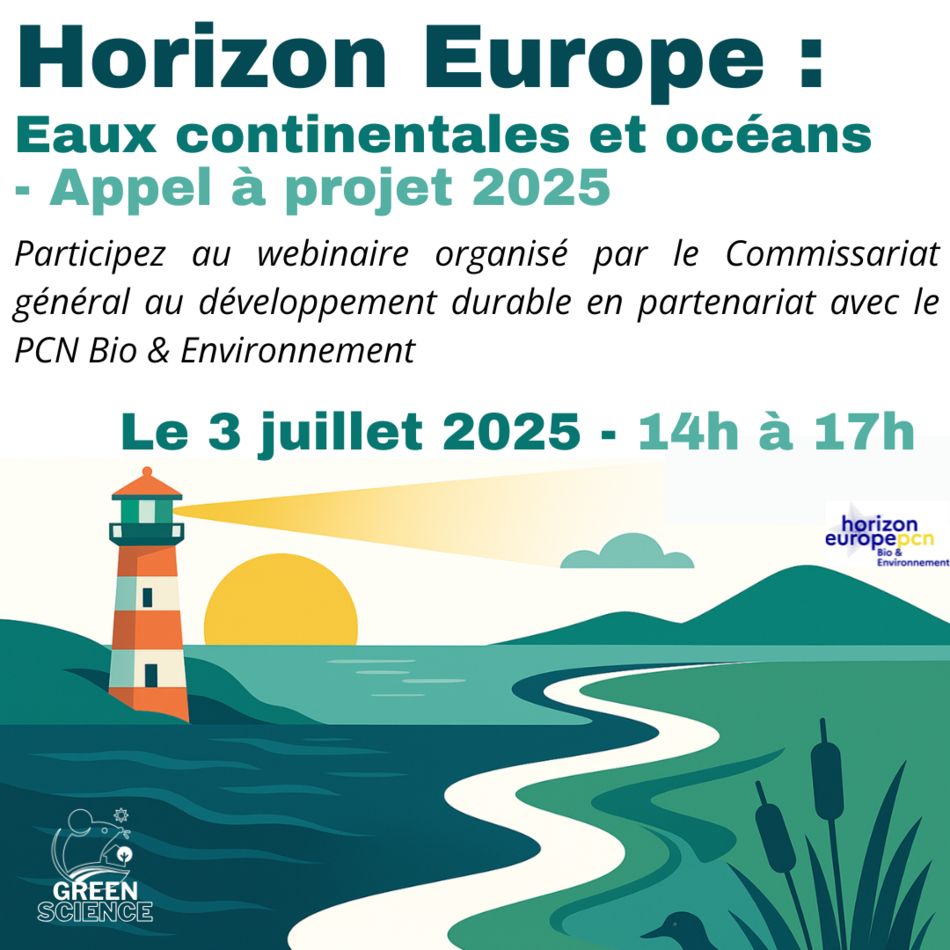Expected Outcome:
Project results are expected to contribute to all of the following outcomes:
- Infrastructure-enabled solutions improving the continuity of or extending the Operational Design Domains (ODDs).
- System, data and service architectures for Digital Twins[1] for road transport infrastructure developed and feasibility proven.
- Input to standardisation, also legal, trust and data security aspects as well as business and governance models (including organisational processes and right of use of data) for Digital Twins.
- Advanced cooperation of CCAM actors in a robust and functionally safe manner for reasons of ODD continuity/extension, enhancing the readiness of CCAM services and their future extendibility.
Scope:
Operational Design Domains (ODDs) of automated vehicle functions are currently limited (e.g. motorways up to 60 km/h). Infrastructure-enabled or -supported solutions can help automated vehicles to overcome the limitation and fragmentation of ODDs. Several Horizon 2020 projects (e.g. INFRAMIX[2], TransAID[3], MAVEN[4]) have delivered promising concepts on how infrastructure and vehicles can work together. Projects addressing the first Horizon Europe calls of the CCAM Partnership (most notably HORIZON-CL5-2021-D6-01-03[5] and HORIZON-CL5-2022-D6-01-01[6]) are expected to expand on this promising ground[7]. Directions for improving the continuity of or extending the ODDs comprise mechanisms such as extended perception and decision-making delegation, supporting the real time knowledge about conditions in the “electronic horizon”, the centimetric accuracy of the positioning signal, the ability of CCAM enabled vehicles to navigate through road works and incident sites.
Digital Twins can improve the real-time availability of information, especially on information that stems from road authorities and road operators. Digital Twins also serve as a data source for prescriptive analytics and simulation environments, in order to improve the efficiency of (virtual) testing and pro-active traffic management. Moreover, Digital Twins play an important role for asset management. The scope includes technology requirements, coherence with proven physical and digital infrastructure support concepts, using Digital Twins for true redundancy and operation in different weather conditions.
As close cross-sectoral collaboration will be necessary, social innovation[8] should be considered to support the actions under this topic, thereby empowering different stakeholders and communities in the design, development and implementation of innovative ideas that are in line with societal needs.
Proposed actions for this topic are expected to address all of the following aspects:
- Improve the availability of real-time information beyond the reach of vehicle on-board sensors by developing and demonstrating system, data and service architectures for Digital Twins for road transport infrastructure.
- Remove the discontinuity of the GNSS positioning signal in challenging road environments such as urban canyons and canopies, tunnels, mountainous areas and northern latitudes. Actions should develop approaches to improve the robustness and reliability of the positioning information by local positioning services, landmarks, modules, new procedures and redundancy processes etc.
- Develop novel solutions for the management of and navigation through road works and incident sites for CCAM enabled vehicles, making such high-risk zones much safer for road users (including vulnerable road users), but also for road workers and rescue organisation personnel. Advancing CCAM from information only to services with automated actions requires cooperation in higher classes (“agreement seeking” according to SAE J 3216[9]). Safe and secure communication, transfer learning, distributed data processing as well as tools and enablers for improving the vehicles’ capabilities of coping with infrastructure imperfections (such as sub-standard infrastructure maintenance) are expected to be addressed. Furthermore, harmonised local traffic management measures at road works and incident sites to support their safe navigation should also be addressed.
Proposed actions should advance the infrastructure-enabled solutions for ODD continuity and/or extension to TRL 6/7 on the way towards (pre-)deployment as an important contribution to large-scale demonstration actions[10]. EU-wide/global harmonisation is key in this action, enabling broad uptake of services in the common single market and paving the way towards coordinated deployment of necessary infrastructure support for CCAM. Potential needs for standardisation or input for future regulatory action should be identified. Proposed actions should build on NAP (National Access Points) and a Common European Mobility Dataspace to ensure alignment with existing framework.
In order to achieve the expected outcomes, international cooperation is encouraged, in particular with Japan and the United States but also with other relevant strategic partners in third countries.
This topic implements the co-programmed European Partnership on ‘Connected, Cooperative and Automated Mobility’ (CCAM). As such, projects resulting from this topic will be expected to report on results to the European Partnership ‘Connected, Cooperative and Automated Mobility’ (CCAM) in support of the monitoring of its KPIs.
[1] A digital twin is a virtual representation that serves as the real-time digital counterpart of a physical object or process, in the context here a virtual representation of road transport infrastructure.
[2] https://www.inframix.eu/
[3] https://www.transaid.eu/
[4] http://www.maven-its.eu/
[5] “Physical and Digital Infrastructure (PDI), connectivity and cooperation enabling and supporting CCAM”
[6] “European demonstrators for integrated shared automated mobility solutions for people and goods”
[7] CCAM Partnership, Strategic Research and Innovation Agenda 2021-2027, December 2021, https://www.ccam.eu/, Lessons Learned from completed projects: https://connectedautomateddriving.eu/ projects/lessons-learned/, Horizon Europe Work Programme 2021-2022, Climate, Energy and Mobility, European Commission Decision C(2021)4200 of 15 June 2021.
[8] Social innovation concerns the development of new products, methods, and services for and with society to meet societal needs involving citizens, public authorities, business and industry, social partners and academia—the “Quadruple Helix”—in their design, development, and implementation to drive social change and market uptake.
[9] https://www.sae.org/standards/content/j3216_202107
[10] Published impact evaluation methodologies such as the EU-CEM should be used to evaluate the impact of the solutions as appropriate.





